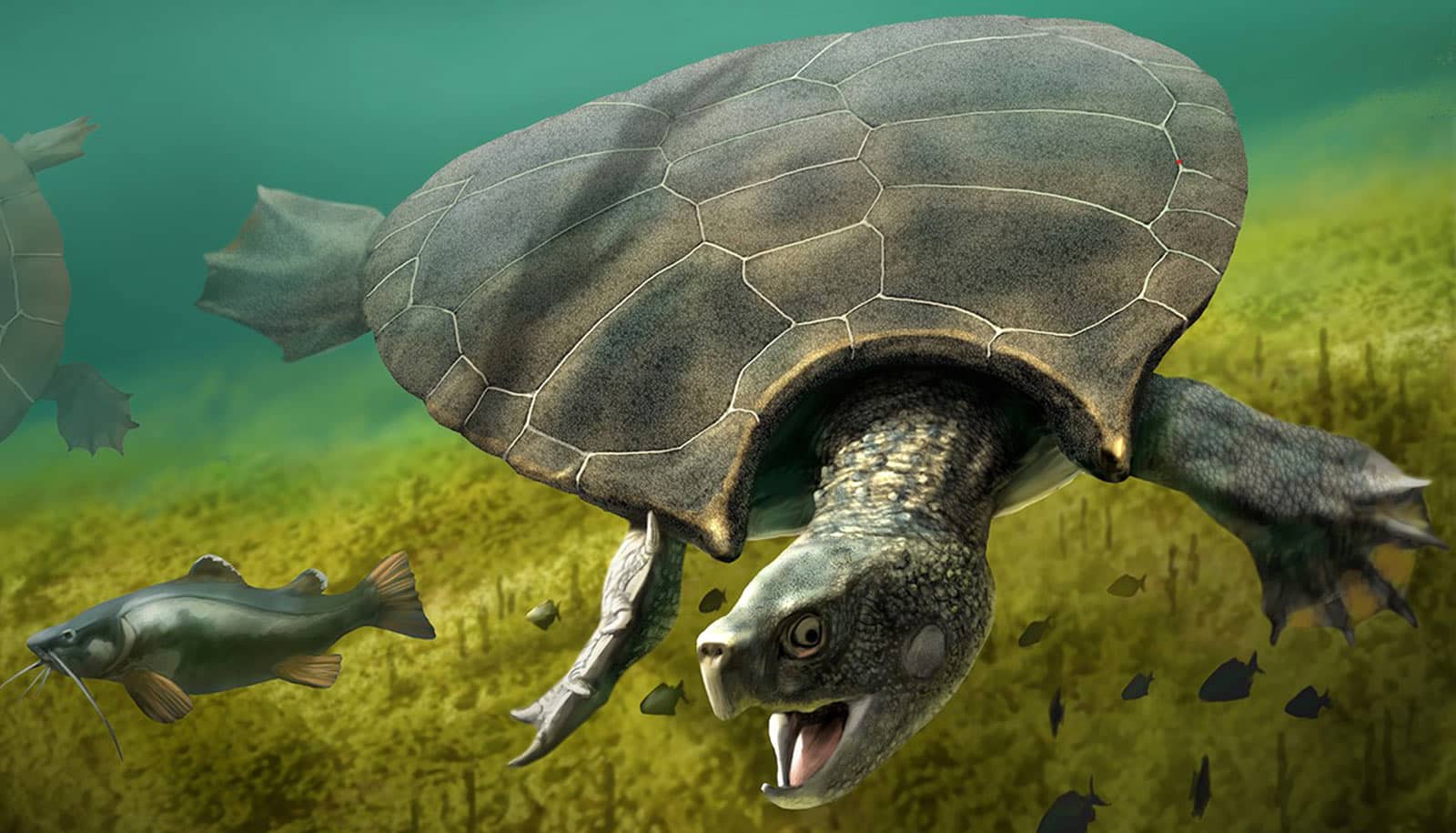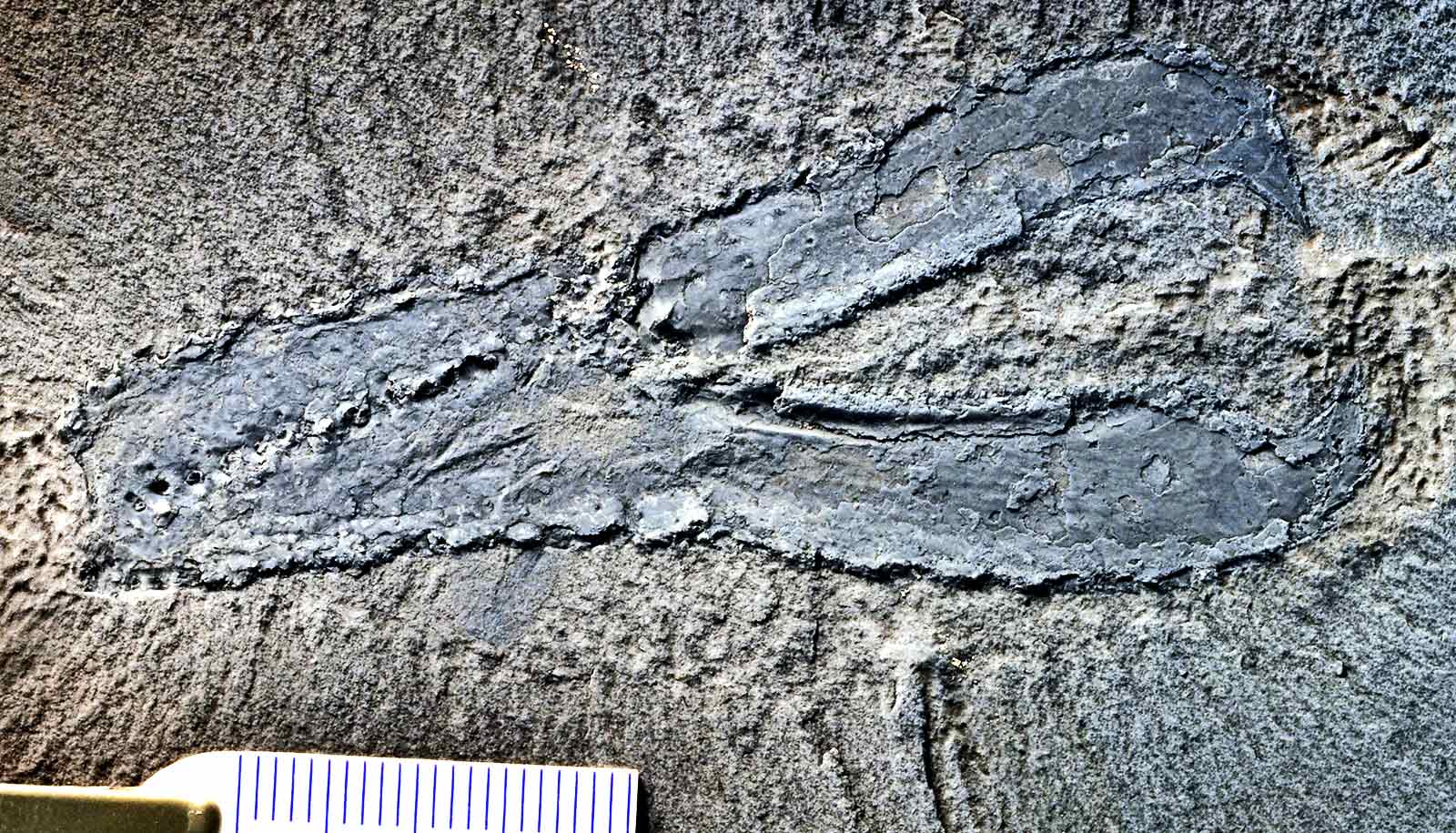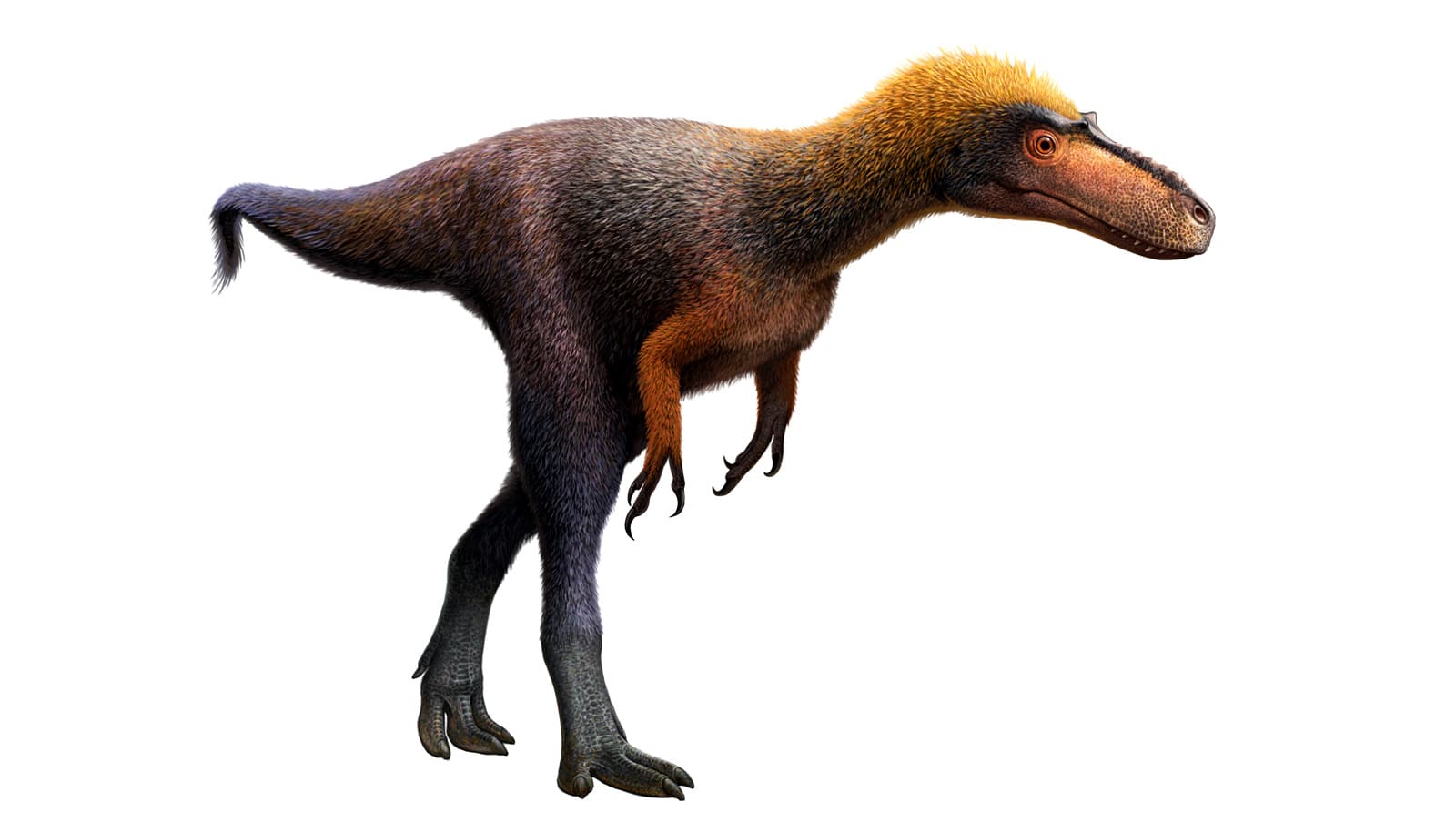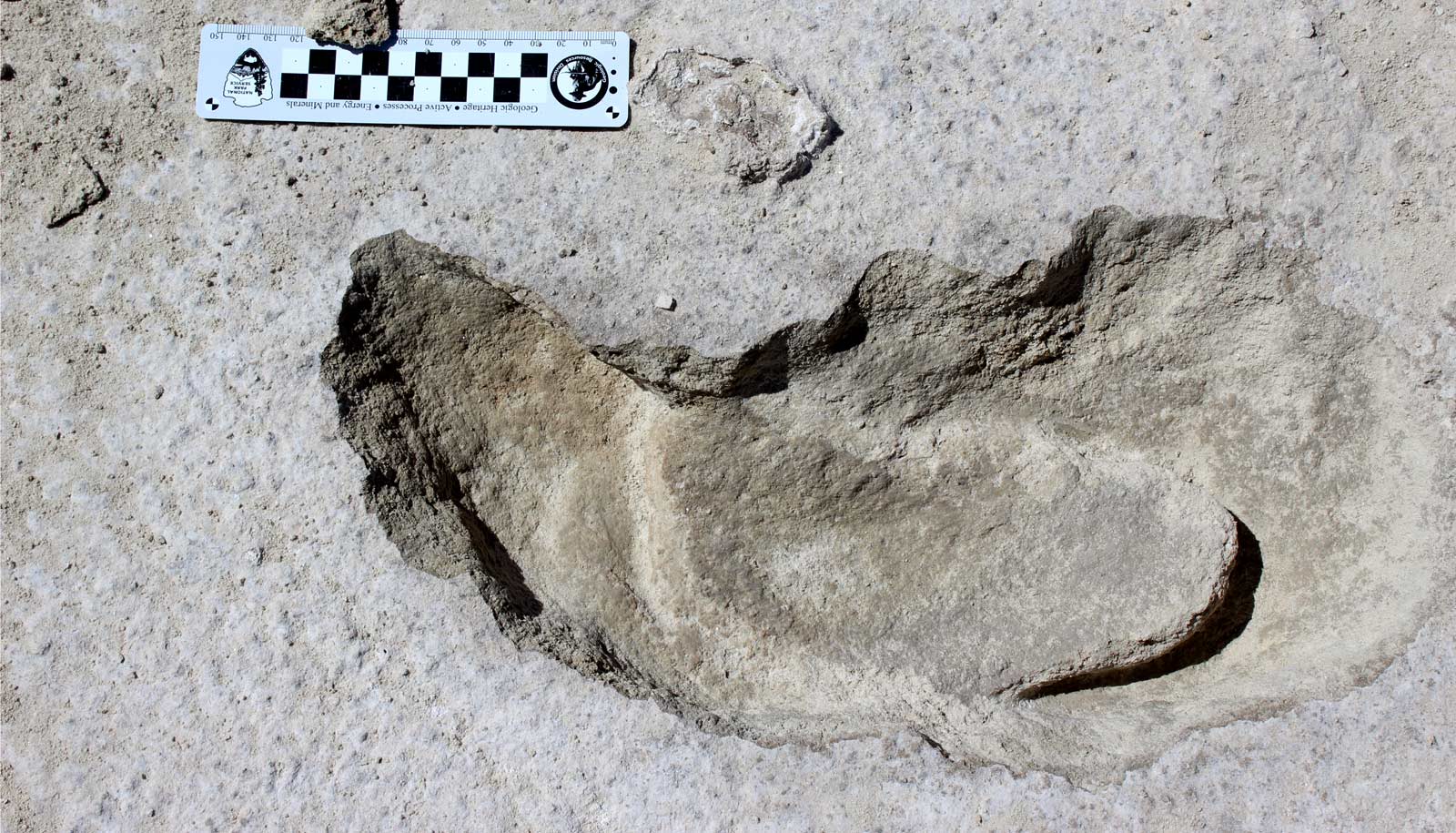An extinct giant freshwater turtle called Stupendemys has the largest shell ever known, report researchers.
The shell, or carapace, of Stupendemys measures between 2.4 to almost 3 meters or nearly 8-10 feet. Paleobiologists discovered exceptional specimens in Venezuela and Colombia.
The tropical region of South America is one of the world’s hot spots when it comes to animal diversity. The region’s unique extinct fauna includes fossils of giant rodents and crocodylians—including crocodiles, alligators, caimans, and gavials—that inhabited what is today a desert area in Venezuela. It was a humid swampy region teeming with life 5 to 10 million years ago, and one of its inhabitants was Stupendemys geographicus, a turtle species that scientists first described in the mid-1970s.

“The carapace of some Stupendemys individuals reached almost three meters, making it one of the largest, if not the largest turtle that ever existed,” says Marcelo Sánchez, director of the Paleontological Institute and Museum of the University of Zurich and head of the study. The turtle had an estimated body mass of 1,145 kg (2,500 pounds)—almost 100 times that of its closest living relative, the big-headed Amazon river turtle.
In some individuals, the complete carapace showed a peculiar and unexpected feature: horns. “The two shell types indicate that two sexes of Stupendemys existed—males with horned shells, and females with hornless shells,” says Sánchez, who adds that it’s the first time that sexual dimorphism in the form of horned shells has been reported for any of the side-necked turtles, one of the two major groups of turtles world-wide.
Despite its tremendous size, the turtle had natural enemies. In many areas, the occurrence of Stupendemys coincides with Purussaurus, the largest caimans.
Bite marks and punctured bones in the Stupendemys fossil carapaces indicate that Purussaurus were their predators. The size and dietary preferences of Purussaurus also back this up.
The discovery of the jaws and other skeleton parts of Stupendemys allowed the researchers to thoroughly revise the evolutionary relationships of this species within the turtle tree of life.
“Based on studies of the turtle anatomy, we now know that some living turtles from the Amazon region are the closest living relatives,” says Sánchez. In addition, the new discoveries and the investigation of existing fossils from Brazil, Colombia, and Venezuela indicate a much wider geographic distribution of Stupendemys than previously assumed. The animal lived across the whole of the northern part of South America.
Coauthors of the study in Science Advances are from institutions in Brazil, Colombia, and Venezuela.
Source: University of Zurich



